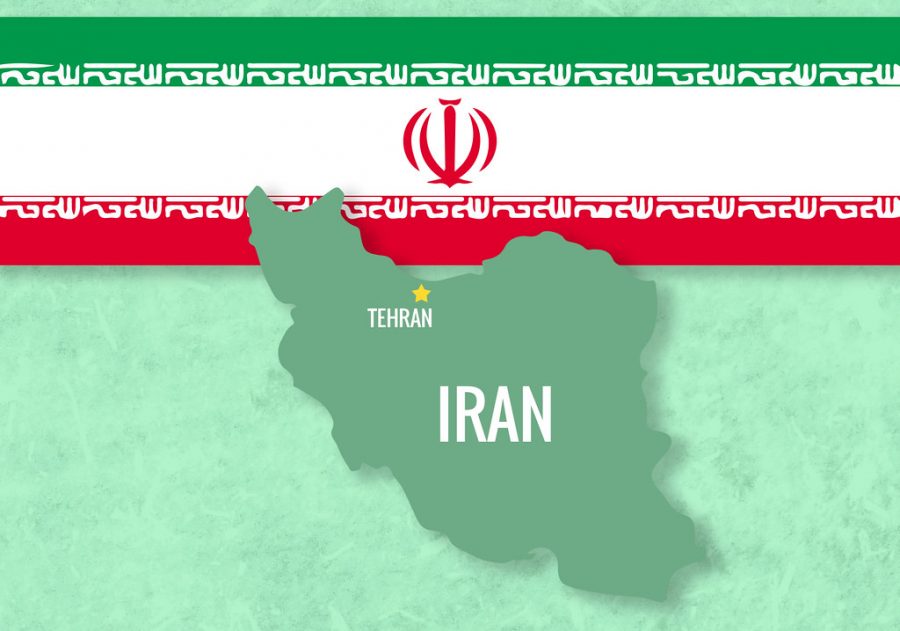Recounting the Retaliation: The Background of Recent US-Iranian Relations
Jan 13, 2020
President Trump’s recent actions and rhetoric directed at the nation of Iran and Supreme Leader Ali Khamenei have gained massive publicity and global attention surrounding fears of potential escalating attacks leading to full-scale war. However, the background of the rising tensions between these two governments and leaders has been less publicized and is generally shrouded by more confusion.
In Dec. of 2019, an Iraqi militia aided and supported by the Iranian government launched an attack on an Iraqi city, killing one American. This action continued ongoing standoffs between the US and Iranian governments, and after a set of US airstrikes, the same Iraqi militia launched an attack on the American Embassy in the capital of the nation, Baghdad.
The New York Times reported that Trump held Iran responsible and indicated that he would move US Soldiers to Kuwait as an initial response. However, these US actions proved to be the first step in the culmination of weeks of growing tensions followed by the Commander in Chief’s order to take out a high-ranking Iranian military leader.
Perhaps wanting to avoid an embassy situation similar to that of Hilary Clinton’s Benghazi attack, or possibly wanting to draw attention away from his impeachment, or potentially simply continuing his hardball America-first foreign policy, Trump ultimately decided to retaliate with the assassination of Iranian Major General Qasem Soleimani.







